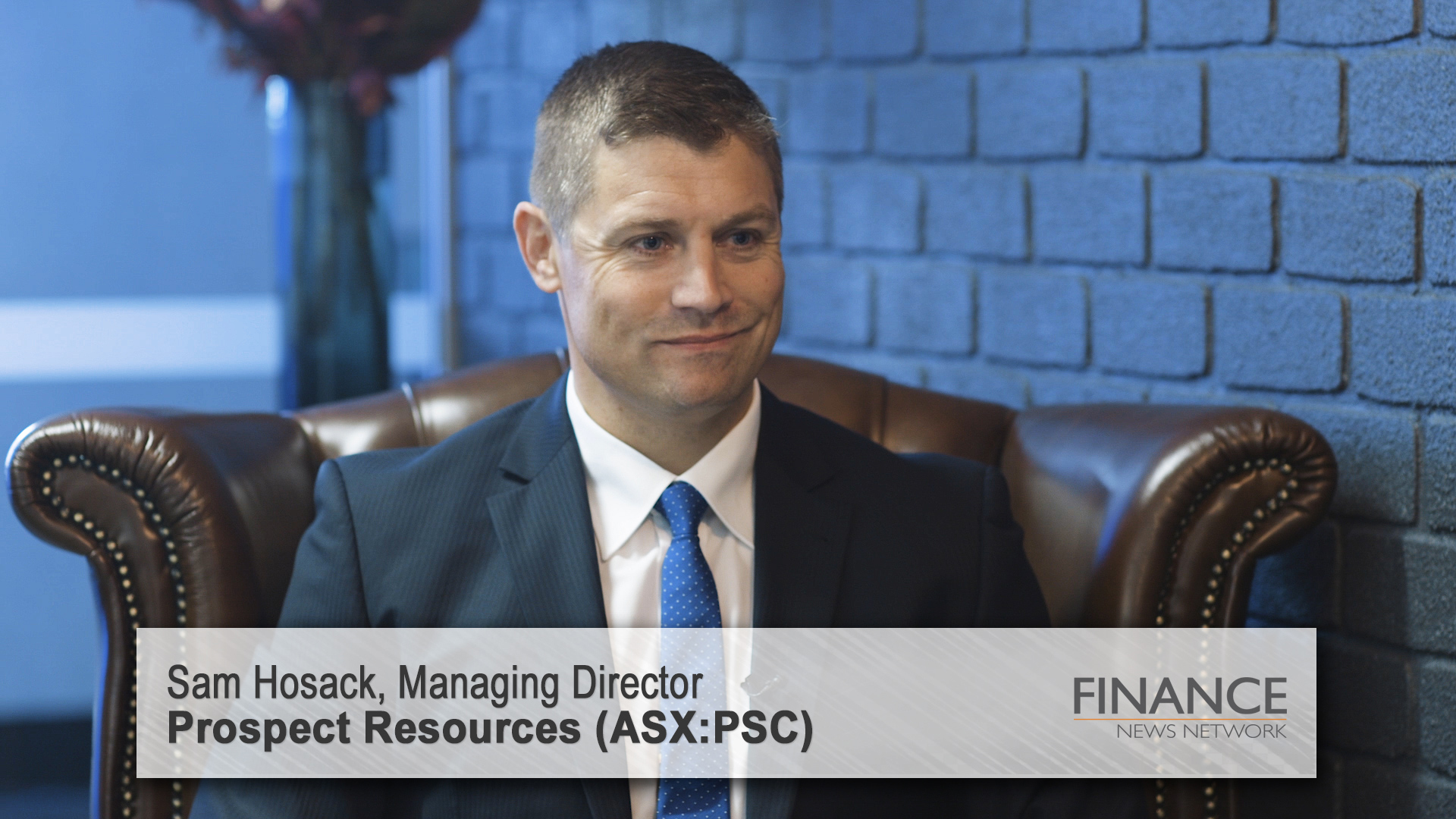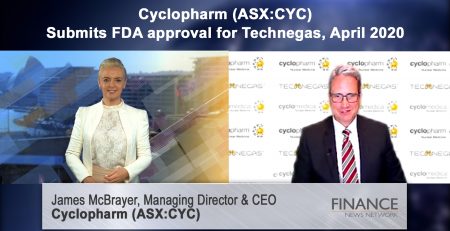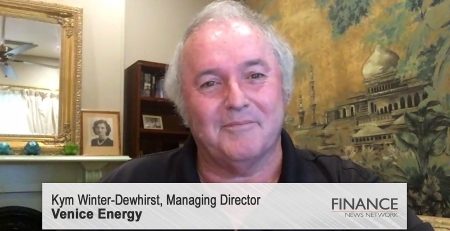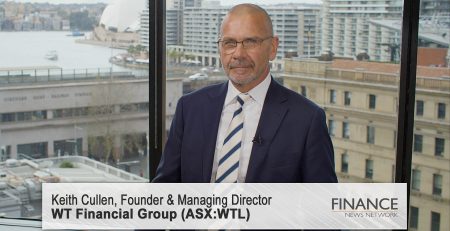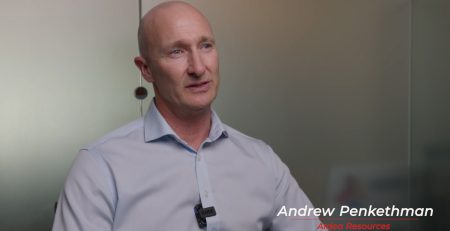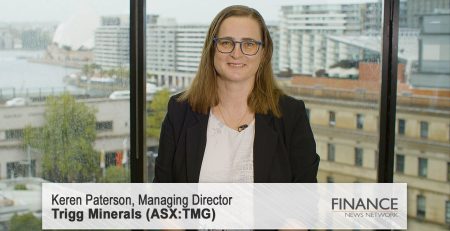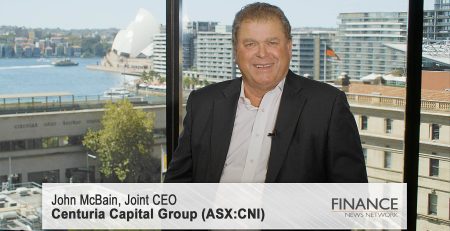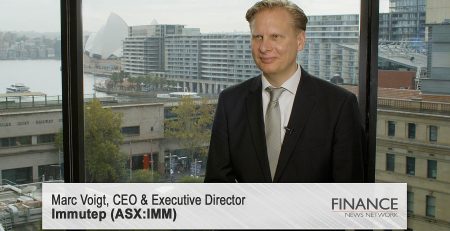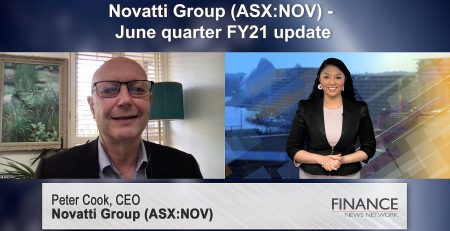Prospect Resources (ASX:PSC) – world-class lithium developer
Prospect Resources Limited (ASX:PSC) Managing Director, Sam Hosack provides an update on the company's Arcadia lithium project in Zimbabwe, including advanced negotiations with a number of African and international banks on funding.
Jessica Amir: Thanks for tuning into the Finance News Network. My name is Jessica Amir, and today I'm with Prospect Resources (ASX:PSC) Managing Director, Sam Hosack. Hi, Sam. Thanks for coming along, and welcome back to the network.
Sam Hosack: Thank you, Jessica.
Jessica Amir: So for those who aren't familiar Sam, Prospect Resources has a hard rock lithium deposit, a tier one project in Africa. How do you compare to the global producers?
Sam Hosack: Prospect Resources (ASX:PSC) completed a definitive feasibility study on Arcadia Project, which is its prime asset. This is based in Zimbabwe, and it's based just outside Harare. It's currently globally the eighth largest hardrock lithium deposit and has a JORC reserve. This gives us a unique strategic competitive advantage, given that we are in the high grade category with the low strip ratio, and this seriously underpins our competitive advantage on a cash operating cost. So on a aggregated brine and hard rock cash operating quarter, we sit in the lowest cash quarter. Providing us significant competition or competitive advantage in this lithium race. We also produce two products, one is a spodumene with which everyone's familiar and the others petalite.
Jessica Amir: And moving to the quarter that you've just closed, tell us about progress or key milestones that you ticked off.
Sam Hosack: Most of our focus of the last quarter has been primarily on the funding, identifying the right funding partners, and the right funding package for the Arcadia Project. Most of our discussions have centred around development banks and their remits is primarily to create opportunities, and development, but in doing so they're only ever pick the best projects. We've been pleased to announce that Sinomine, our strategic partner and offtaker, currently a tier one chemical converter out of China. They have 34 per cent of our offtake for the first seven years. They've commenced construction on their lithium hydroxide plant, which is very pleasing for us. The program as it stands is set to complete just before we commence production at Arcadia Project. In addition we've successfully concluded a placement with Seven Hills Holdings and about 50 per cent of that placement was also participated with management options. Finally we've been able to increase the ownership of Prospect into Arcadia Project from 70 per cent to up to 87 per cent and receive direct benefit back to our share holders.
Jessica Amir: Well, congratulations. You've definitely ticked a lot of goals. So what about this coming quarter, what can we expect?
Sam Hosack: Over the next quarter, our focus will continue to be on funding. Again, identifying the right funding partner, selecting them, and selecting, negotiating the right funding package for Acadia Project. In addition, we're looking for and planning a road trip, which will be to select and increase our offtake from 34 per cent upwards. The trip that we have planned actually starting in Sydney at the moment, actually starting in Sydney, but will take us to Korea, Japan, mainland China and Europe. That's how diverse the offtake market is.
Jessica Amir: Now to the use of lithium in glass and ceramics. What are producers looking for?
Sam Hosack: Very interesting market, the glass and ceramics. It makes up around 17 per cent of total lithium consumption, so it's a not insignificant portion of the market, and it's very quality focused. So, the consumers of the glass and ceramic are primarily looking for lithium, but they're also very focused on some of the other constituents of the concentrates they accept. The glass and ceramic consumers demand a specification for their concentrates. That's particularly focused on the iron content. So, the iron threshold for glass and ceramics consumers is set at 0.08 per cent iron. Which is a very low threshold, and that's why so few producers can actually supply it to the glass and ceramics market. When consumed as a mineral, the glass and ceramics industries pay a premium not only for the lithium but also for the additional concentrate properties, the low iron, the low alkalis, and in particular the alumina and silica. These are also required in the glass and ceramics process and are abundantly in our concentrates.
Jessica Amir: Now in terms of the key findings from the latest BMI report, what can you tell us?
Sam Hosack: The Benchmark Minerals Intelligence have a deep focus into the lithium market, and Prospect Resources commission them to do a study particularly into the glass and ceramics in relation to our products and samples that we've produced. Their findings revealed a great opportunity for Prospect Resources, not only in the ability to meet that market but the fact that, that market is severely supply constrained. The reason it's supply constrained is there are only currently two producers able to meet the tight specifications. The market at the moment is about 17 per cent of total lithium consumption, so it's very significant in the global context and there's an inadequacy in supply, both in volume and quality of supply. What we've managed to identify through BMI, is that our products that we're able to ship into the glass and ceramic sector will attract a premium of between 60 per cent and 100 per cent, in addition to what we'd be able to attract if we supplied those same minerals into the chemical process for conversion into battery grade products.
Jessica Amir: Sam Hasek, thank you so much for the update.
Sam Hosack: Thank you Jessica.
Ends
Copyright 2019 – Finance News Network
Source: Finance News Network

